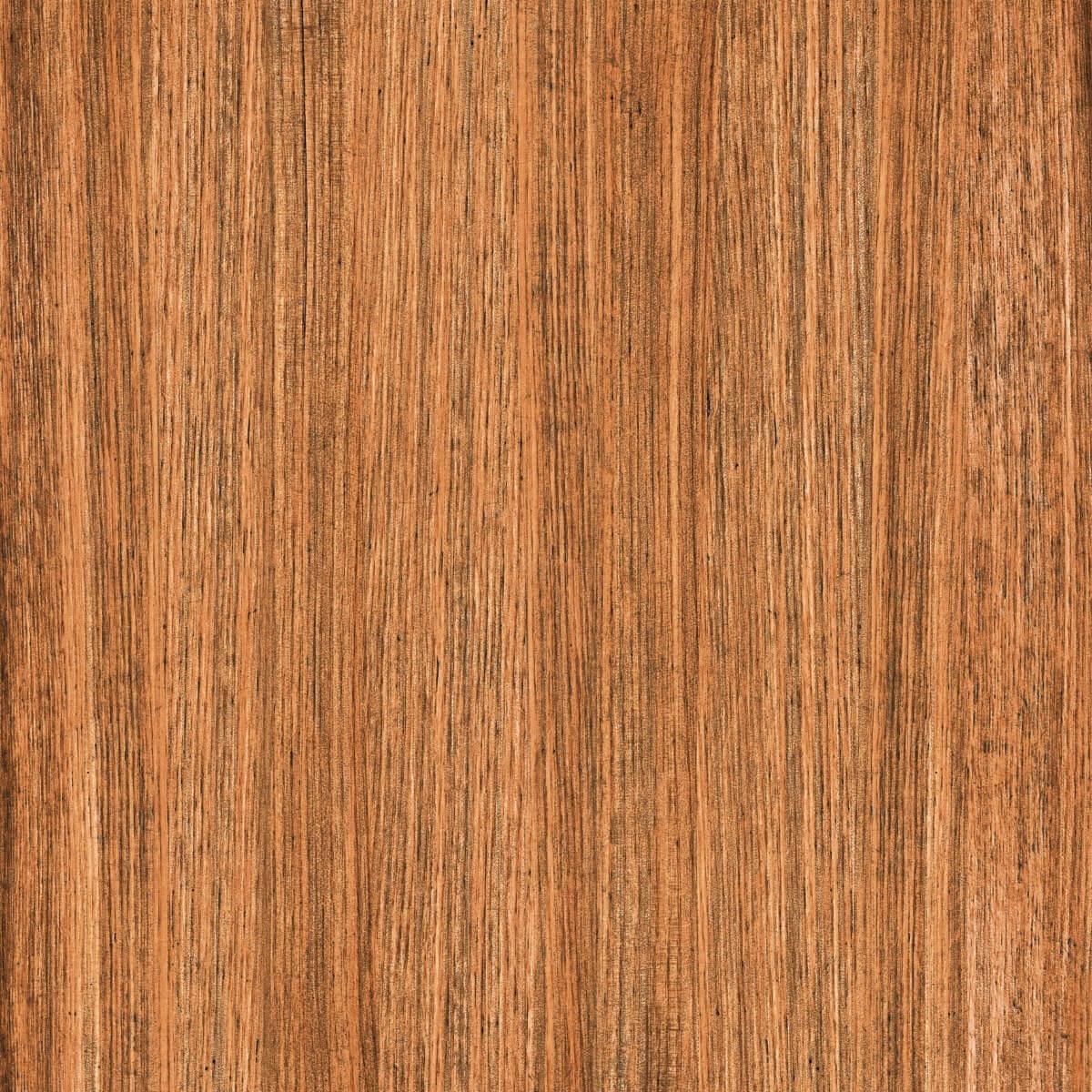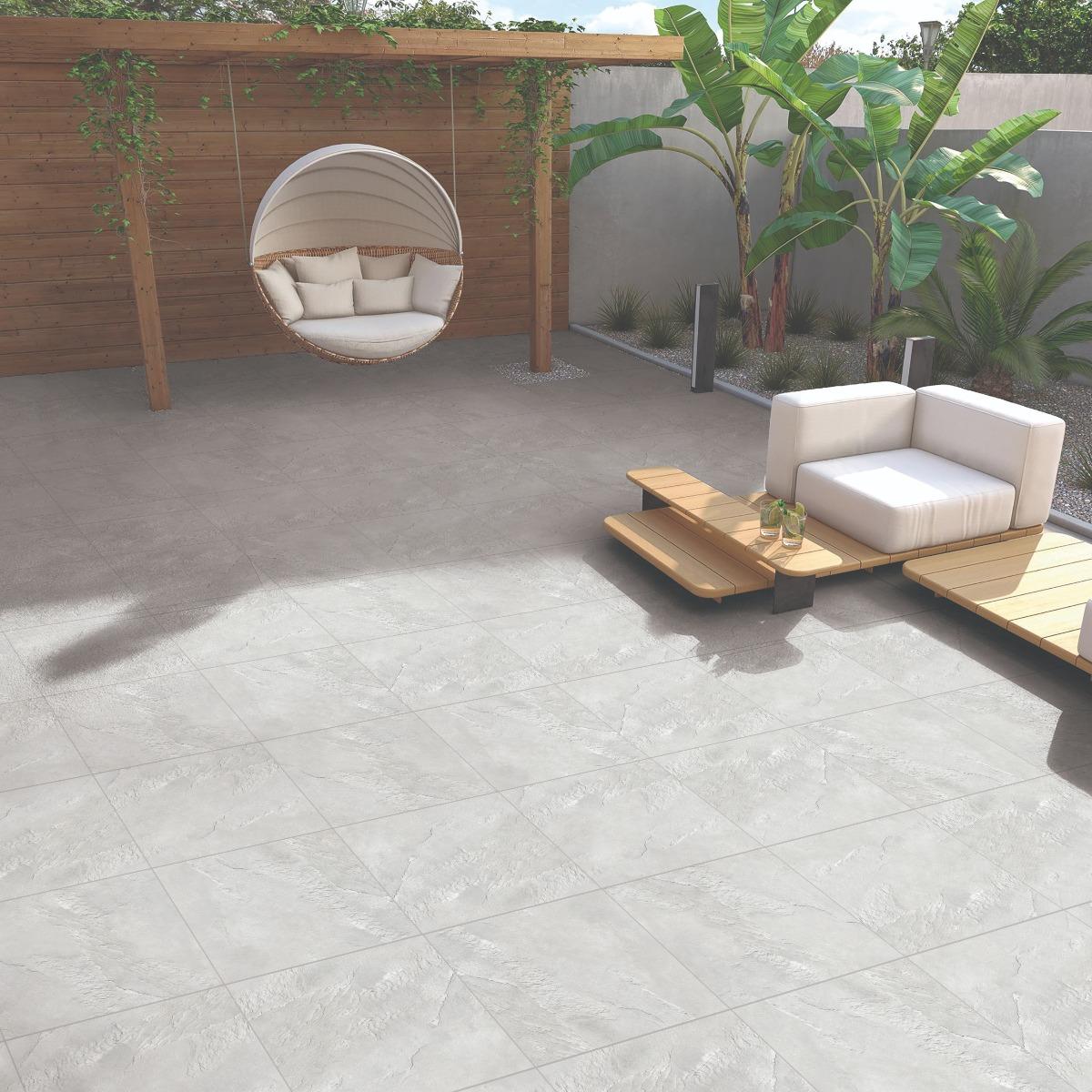Ceramic body tiles absorb less water than any other surface covering option available in the market making them suitable for both floor and walls.
Are Ceramic Tiles Water Resistant or Waterproof?
Ceramic tiles are considered water-resistant because they have a hard, glazed surface that helps absorb water to a certain extent. However, compared to porcelain tiles, they are not preferred for areas prone to more water, such as bathrooms and balconies.
Due to their water-resistant property, Ceramic tiles are more commonly used on walls, kitchen backsplashes or indoor walls. If you are looking for waterproof tiles, then nothing can beat porcelain tiles. They have a lower absorption rate and are less slippery, reducing the chances of slips and falls in wet zones.
Still, with proper installation and sealing, waterproof ceramic tiles can perform well in wet zones.
Maintenance of Ceramic Tiles
Ceramic Tiles are easy to install and absorb less water making them easy to maintain and clean. Water settled on ceramic tiles surfaces, however, can be easily wiped out. This stands true for both walls and floor.
They are specially preferred choices for not just bathrooms but also outside spaces and elevation.
![]()
Here are some advantages of choosing Ceramic Tiles over other options available in the market.
How to Make Ceramic Tile Installation Waterproof?
To make ceramic tile installations waterproof, one needs to follow the following steps:
Use a waterproof membrane or tile backer board beneath the tiles. Additionally, this backer board is sturdy, durable, and moisture-resistant. Apply a good quality grout and seal it properly to prevent moisture from seeping in through the joints or gaps. Don’t forget to use Waterproof adhesive and corner seal tapes for wet areas like showers and balconies. By following these waterproofing methods for wall tiles, you can drastically reduce water damage risks and increase durability if they are installed correctly.
What Are The Advantages of Ceramic Tiles?
Ceramic tiles are the most popular choice for flooring and walls all over the world. Let’s get to know why:
- Ceramic Tiles are Environmentally Friendly: They are made from clay, sand and glass, which helps keep any room cooler during summers.
![]()
- Low Maintenance: They require minimal maintenance and can be cleaned with water or mopped. Regular cleaning will not affect the colour, texture or the finish of the tiles.
- Cost-Effective: Ceramic tiles are very cost-effective compared to other available options. Due to the ingredients involved in making ceramic tiles, they are more cost-effective than other varieties of tiles such as porcelain.
![]()
- Easily Replaceable: In case of any breakage or chipping, the entire tile can be easily replaced. Some of these tiles can also be repaired.
- Variety in Style: There are a variety of options available in ceramic tiles in terms of colours, shapes, styles, designs and texture. They are also softer and easy to cut into different shapes, and are available in eye-catching designs. You can find ceramic tiles with ripples, waves or raised shapes and patterns.
![]()
- Scratch-Resistant: Ceramic tiles are scratch-resistant unless a sharp object is used. Otherwise, the tile surface will never get deformed or damaged.
- Resistance: Ceramic tile floors are resistant to fire, rot, insect infestation, odour, and fading.
Ceramic tiles are versatile and come in finish ranging from simple to ornate. Glazed ceramic tiles can add texture to give visual depth to any area. Ceramic tiles from Orientbell are available in colours and styles that you would love. So just because they are not fully water-proof, don’t just discount them completely. Ceramic tiles are very suitable as wall tiles and in warmer climates.
What Is the Water Absorption Rate of Ceramic Tiles?
The water absorption rate of ceramic tiles typically ranges from 3% to 7%, depending on whether the tile is glazed or unglazed. Because of this, they can be used on walls and indoor floors, but they are not completely waterproof.
However, areas like bathrooms, balconies or patios require tiles that are waterproof and have a lower absorption rate. Porcelain tiles that absorb less than 0.5% water are generally preferred for such areas. Understanding this rating is essential when choosing waterproof ceramic tiles for your space.
How Do Ceramic Tiles Compare to Porcelain Tiles in Water Resistance?
When it comes to tiles, ceramic and porcelain have always been the top pick among homeowners. Ceramic tiles absorb more water and are therefore less suitable for use in wet or outdoor areas. In contrast, porcelain, being denser and fired at higher temperatures, has a much lower water absorption rate, making it waterproof. While ceramic tiles are water-resistant, porcelain tiles offer superior water resistance and durability, especially in bathrooms, patios, and other high-humidity areas.



























